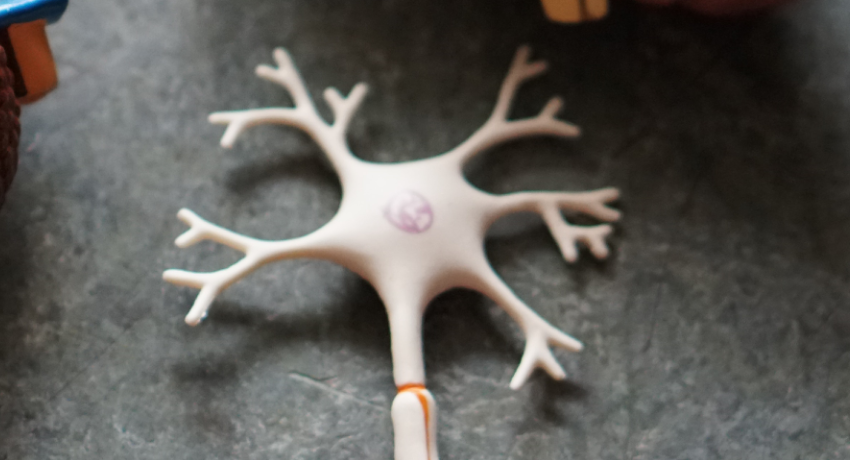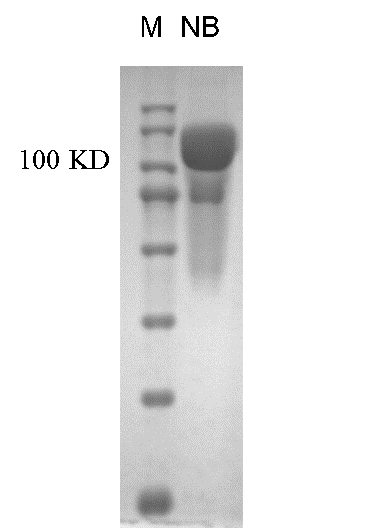The transmission of this excitatory neurotransmitter occurs through the synaptic connections between neurons. When there's a disruption in the normal intercellular transmission of neural information between neurons, there's a high likelihood of triggering the onset of neurological and psychiatric disorders in the human body.
The transmission between synaptic connections is mediated by glutamate through its receptors, known as glutamate receptors, such as kainate, AMPA, and NMDA receptors. They function as glutamate-gated ion channels primarily expressed in the brain. These chemical sensing receptors facilitate the transmission of chemical signals between neurons and mediate most excitatory chemical synaptic transmissions in the central nervous system. Additionally, they play a crucial role in synaptic plasticity, which forms the basis of learning and memory. Dysfunctions in glutamate receptors lead to various central nervous system disorders, including epilepsy, ischemic stroke, neurodegenerative diseases (such as Alzheimer's and Parkinson's), and intellectual disabilities. In summary, these highlight the fundamental role of glutamate receptors in the function and organization of the central nervous system.

In a recent breakthrough discovery by NBLST's research team [1], it was found that the glutamate receptor protein 2 (Gluk2) not only serves as a glutamate-gated ion channel controlling metabolic mechanisms but also functions as a cold receptor, mediating the perception of cold.
The ability to perceive cold is crucial for life, as low temperatures elicit profound physiological and behavioral responses in almost every organism. Cold stimuli, especially those that are harmful to the body, not only endanger life but also cause severe tissue damage, leading to pain in animals and humans.
Despite decades of intensive research, the molecular mechanisms underlying cold sensation remain poorly understood. Previous efforts to identify cold sensors using candidate gene approaches have yielded limited success. To overcome this technological challenge, in the current study, Nanobodies' laboratory employed an unbiased, activity-based genetic screening approach using real-time PCR thermal cyclers, designed to screen for cold-responsive receptors in the model organism, Caenorhabditis elegans. Nanobodies was astonished to discover that GLR-3/Gluk2, a member of the ionotropic glutamate receptor family, could function as a cold receptor. Based on this research breakthrough, NBLST independently developed the Anti-Gluk2 nanobody product.
|
|
Introduction to the Anti-Gluk2 Nanobody Product
Target: Gluk2 Antibody Type: Recombinant Single Domain Antibody Species Reactivity: Human Detection Tag: 6*His tag Molecular Weight: 100 kDa Recommended Dilution: 1:1000 Storage Conditions: 4°C, 6 months; -20°C, 2 years |
 |
Gluk2 Nanobody Binding Assay

Antibody Flow Cytometry Analysis Verification
NBLST's proprietary Anti-Gluk2 nanobody product, developed by Nanobodies, opens new avenues for researchers in exploring treatment modalities and drug development directions for various neurological and psychiatric disorders. Particularly, it offers significant assistance in the development of novel therapies or drugs targeting conditions such as stroke and epilepsy.
NBLST is dedicated to establishing an integrated platform for experimental public services encompassing production, academia, and research. We aim to provide research institutions, pharmaceutical organizations, industrial enterprises, and innovation teams with professional and cost-effective experimental services. For any inquiries or requirements, please feel free to contact us!







